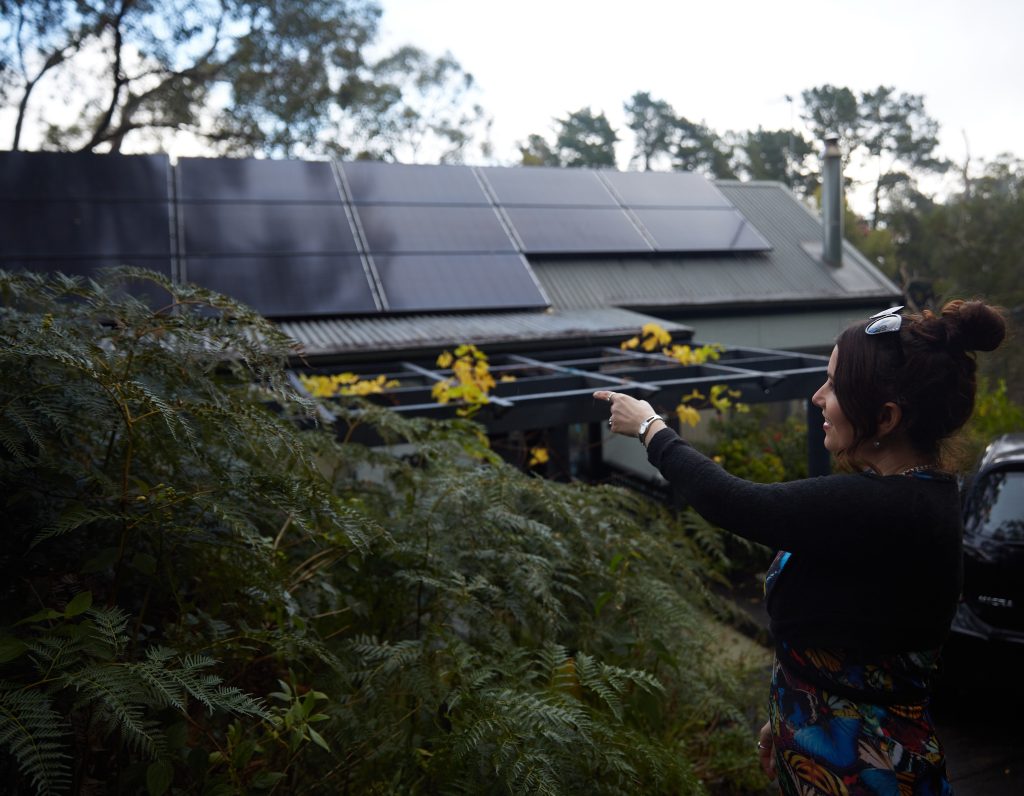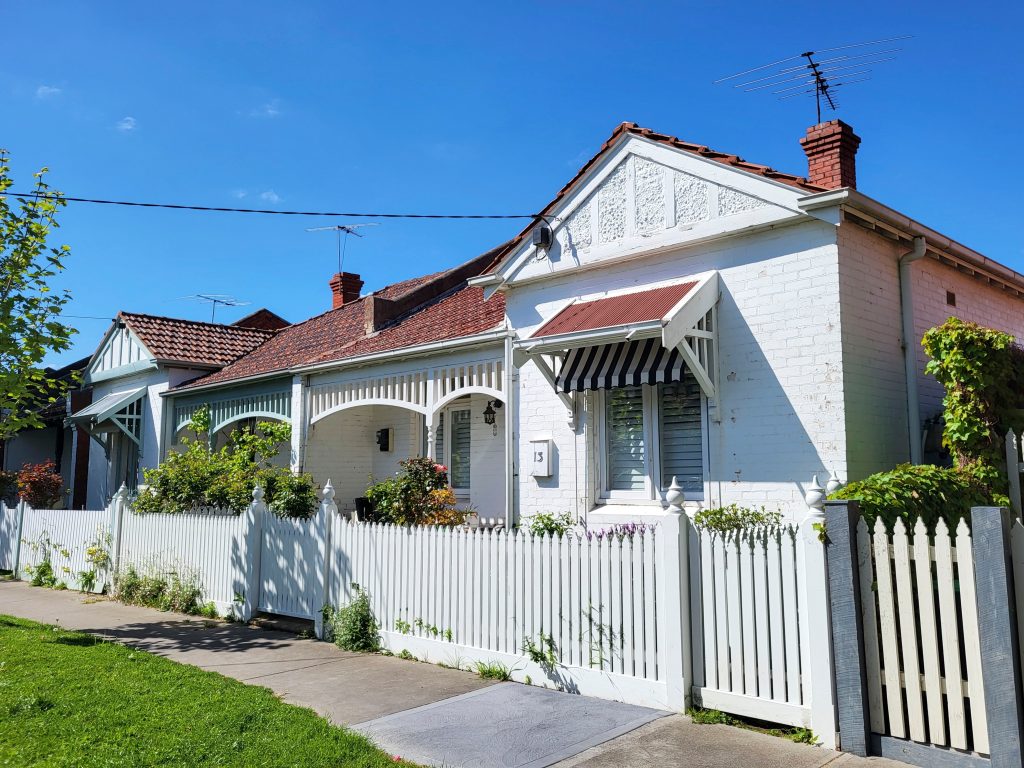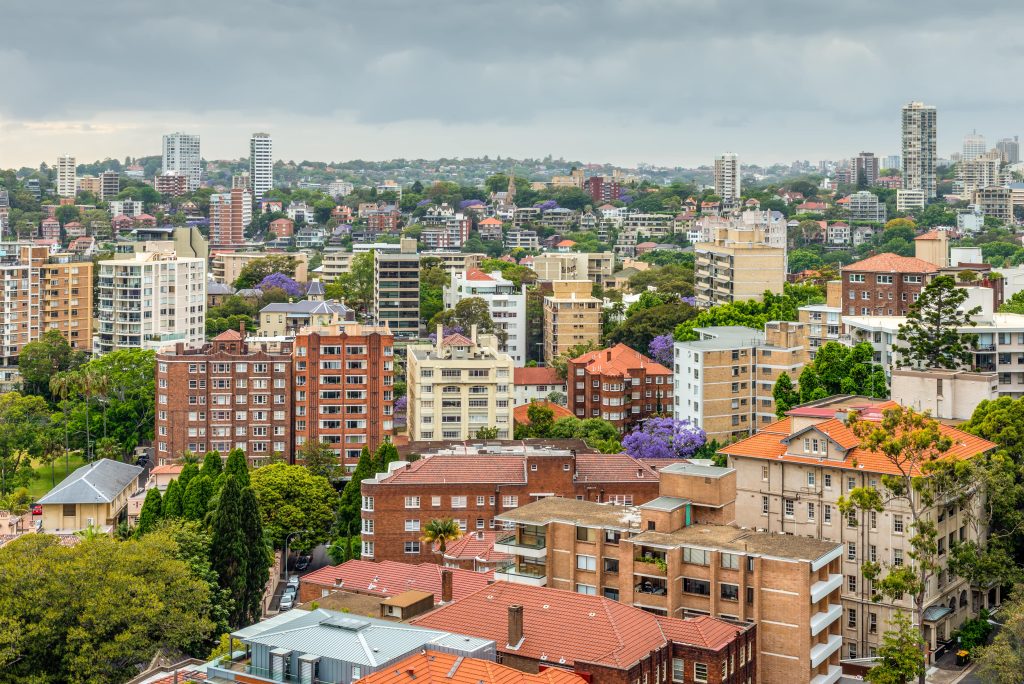Chief Investigators
Dr Vaughan Coffey (QUT)
Purpose of project
Consumers are driving the clean energy transition through rooftop solar, battery storage, and EVs. Meanwhile, electricity networks and governments are grappling with issues of peak and minimum demand, voltage control, system strength, inertia, and power quality. Responding to these challenges requires innovative solutions, smart technologies, and strong cross-sectoral partnerships. This project uses the Carseldine Village Living Laboratory (CVLL) as a test centre to investigate these solutions.
All terrace dwellings in the village have been carefully designed, considering a whole of house approach. They include 3.5kW solar, a 10.3kWh battery, Wifi AC, an EV circuit, and 7-star NatHERS as standard. This design creates opportunities to test and evaluate strategies such as solar precooling, load shifting, tariffs, smart appliance integration, and customer behaviour. This project is particularly interested in understanding how these strategies can enhance demand response, in turn, supporting networks as the respond to the challenges of a high penetration of distributed energy resources (DER).
Impact of project
This project will quantify and qualify the benefits and limitations of an integrated approach to energy management and use within a household (building, appliances, DER, smart technology, EVs, and customer engagement). It is hoped to demonstrate that such an approach is achievable, economical to deliver, desirable to the public, and achieves economic and environmental benefits. Lessons from this project may inform the development of similar approaches in other contexts (e.g. residential aged care and mixed user retail).
It is expected that each Carseldine village household will achieve energy savings of $1600/year – this is the equivalent of having net zero electricity bills (based on the average QLD household electricity bill). Additionally, this case study will help address barriers to innovation by providing a clear body of knowledge and information, improving familiarity and reducing risk aversion to new technologies.
Project partners – industry and research
QUT(Lead), Department of Natural Resources, Mines, and Energy (QLD), Department of Environment (QLD), Powerlink, UNSW
Status
- In Progress
Project Leaders
- Vaughan Coffey, QUT
Project Code
0240






